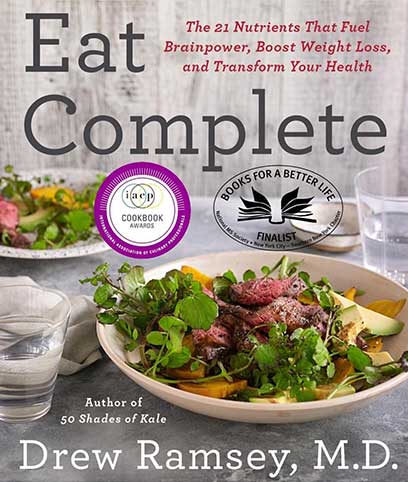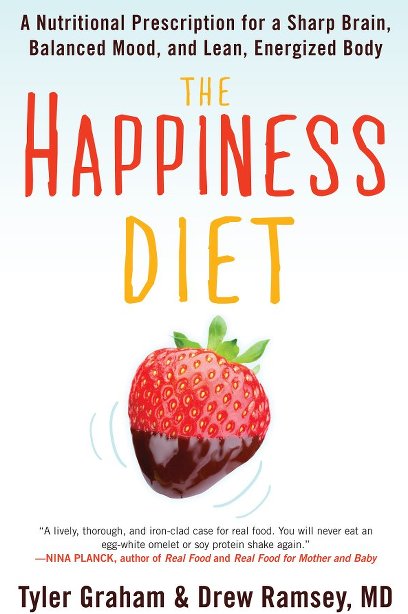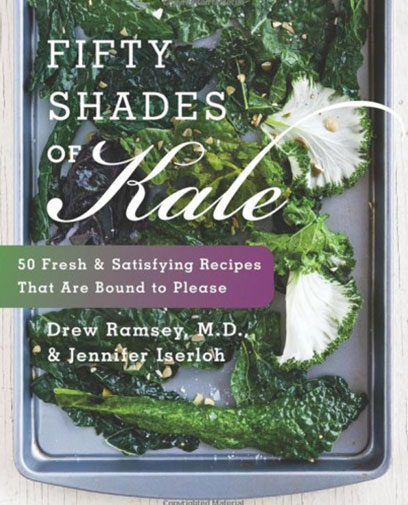Key to protecting you brain is keeping it taped into a good blood supply. A stroke is a brain bleed – ruptured or clogged blood vessels that cut of the brain’s supply of oxygen and other nutrients. Vitamin D deficiency is shockingly prevalent in the US. The rates hit 90-100% in populations with darker skin, especially in northern latitudes. Vitamin D deficiency is linked depression, cancer, and heart disease and this study study examined 7,385 Japanese-American subjects between the ages of 45 to 68 years and found that after 34 years, those with lower levels of Vitamin D had significantly higher rates of incident stroke compared to those with higher levels of Vitamin D.
| Authors | G Kojima, C Bell, RD Abbott, L Launer, R Chen, H Motonaga, GW Ross, JD Curb, K Masaki |
| Institution | John A. Burns School of Medicine, University of Hawaii |
| Publication Name | Stroke: A Journal Of Cerebral Celebration |
| Publication Date | August 2012 |
BACKGROUND AND PURPOSE:
Vitamin D deficiency has been reported to contribute to the risk of cardiovascular disease, especially stroke. We examined the relationship between dietary vitamin D intake and 34-year incident stroke.
METHODS:
The Honolulu Heart Program is a prospective population-based cohort study of 8006 Japanese-American men in Hawaii who were 45 to 68 years old at the baseline examination in 1965 to 1968. Dietary vitamin D intake was calculated using the Nutritionist IV Version 3 software from a 24-hour dietary recall. Subjects with prevalent stroke were excluded, leaving 7385 men followed through 1999 for incident stroke. Subjects were divided into quartiles of dietary vitamin D for analyses.
RESULTS:
During 34 years of follow-up, 960 subjects developed stroke. Age-adjusted rates of incident stroke were significantly higher in the lowest dietary vitamin D quartile compared with the highest (all stroke: 6.38 versus 5.14 per 1000 person-years follow-up, P=0.030; thromboembolic stroke: 4.36 versus 3.30, P=0.033). Using Cox regression, adjusting for age, total kilocalories, body mass index, hypertension, diabetes mellitus, pack-years smoking, physical activity index, serum cholesterol, and alcohol intake, those in the lowest quartile had a significantly increased risk of incident stroke (all stroke hazard ratio, 1.22; 95% CI, 1.01-1.47; P=0.038; thromboembolic stroke hazard ratio, 1.27; 95% CI, 1.01-1.59; P=0.044) with the highest as the reference. We found no significant associations between dietary vitamin D and hemorrhagic stroke.
CONCLUSIONS:
Low dietary vitamin D intake was an independent risk factor for 34-year incidence of all stroke and thromboembolic stroke in Japanese-American men. Additional research is needed on vitamin D supplementation to prevent stroke.








